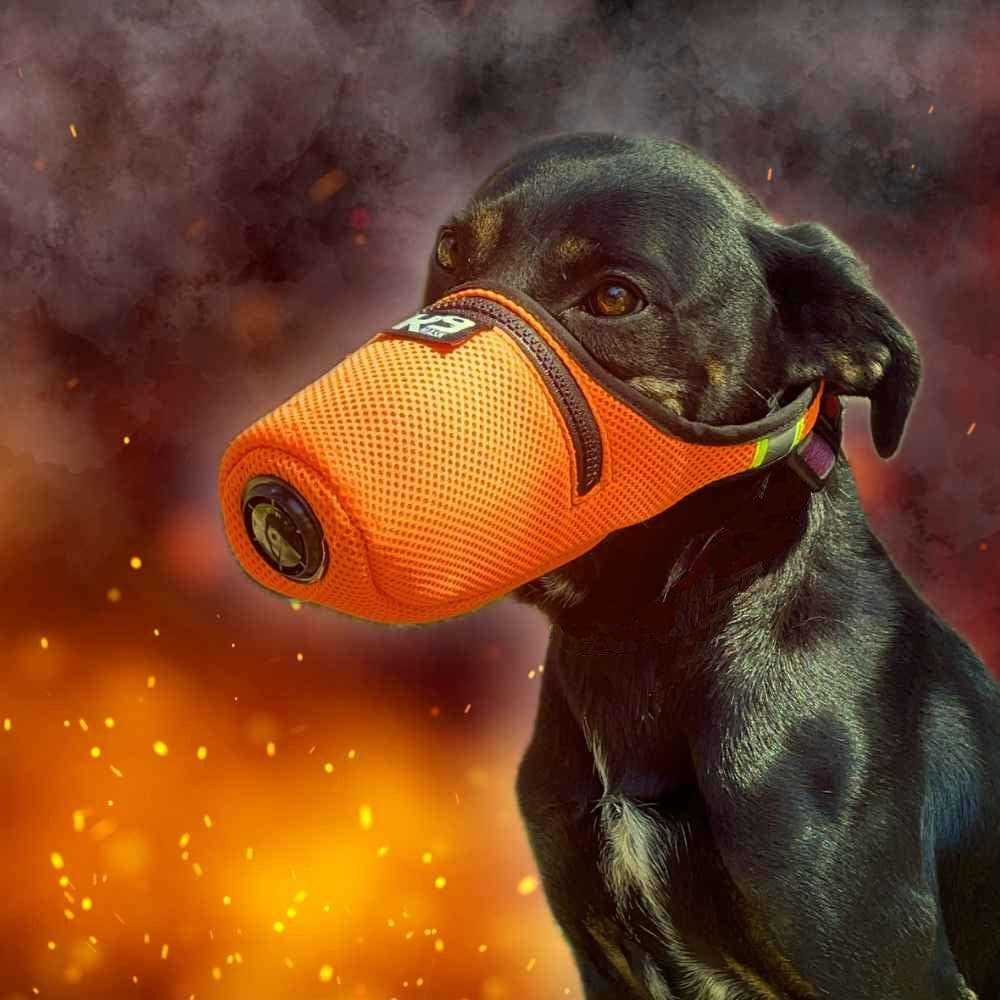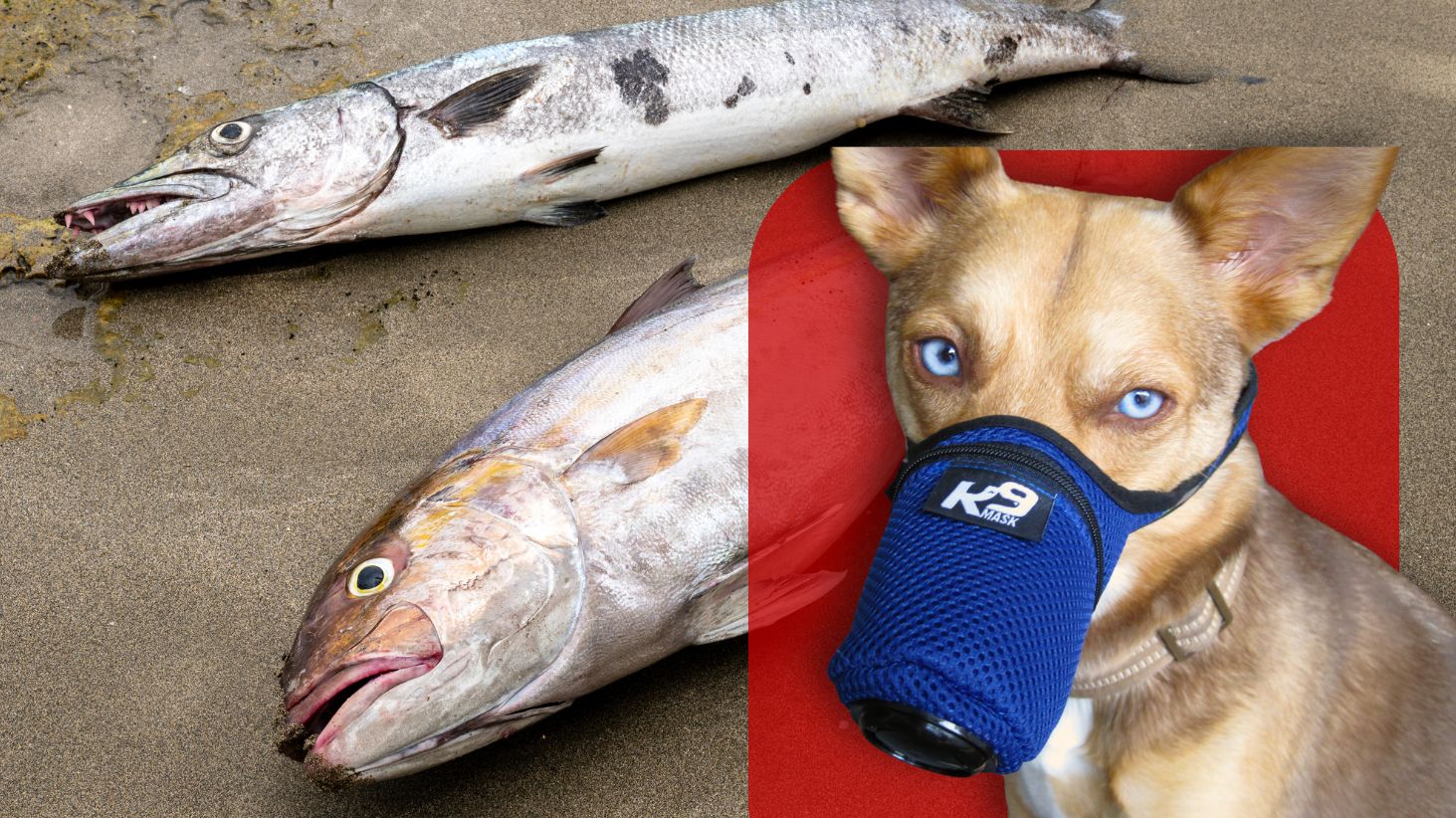Why Every Coastal Dog Owner Should Be Aware of This Toxic Threat
When we think of a relaxing beach day with our dogs—playing in the surf, chasing seagulls, or lounging in the sand—we rarely consider the hidden dangers drifting in the water and air. But for dog owners living or vacationing along the East Coast, West Coast, or Gulf of Mexico, red tide and its associated brevetoxins pose a real and rising health risk to both people and pets—especially dogs.
What Is Red Tide and What Are Brevetoxins?
Red tide refers to harmful algal blooms (HABs), primarily caused by Karenia brevis, a microscopic marine dinoflagellate. These blooms produce brevetoxins, powerful neurotoxins that impact the central nervous system of mammals, birds, and fish.
These toxins can:
- Contaminate water, fish, and shellfish
- Become aerosolized and carried by wind, causing respiratory problems for animals and people
- Persist in the environment for days or weeks depending on conditions
While red tide is most common in the Gulf of Mexico, it has also been reported with increasing frequency along the East Coast (particularly Florida, the Carolinas, and even the Northeast) and the West Coast (California and the Pacific Northwest).

Why Are Dogs Especially at Risk?
Dogs are especially vulnerable to brevetoxins due to their natural behaviors and close proximity to the ground, where concentrations of aerosolized toxins may be stronger.
Here’s how exposure can happen:
- Inhalation of airborne brevetoxins while walking near the beach or in a coastal breeze
Ingestion of:
- Seawater
- Contaminated fish or shellfish
- Dead marine animals or seaweed on the shore
- Skin contact with contaminated sand, sea foam, or surf

Health Effects of Brevetoxins in Dogs
Brevetoxins affect the nervous and respiratory systems. Dogs exposed to red tide may show symptoms within minutes to hours, depending on the dose and method of exposure. Here are the most common and severe health effects:
Respiratory Symptoms (from airborne exposure):
- Sneezing, coughing, wheezing
- Nasal discharge
- Difficulty breathing
- Excessive panting
- Lethargy or weakness
Dogs with pre-existing conditions like brachycephalic syndrome (short-nosed breeds), asthma, or heart disease may experience more severe respiratory symptoms.
Neurological Symptoms (from ingestion or high exposure):
- Muscle tremors
- Disorientation
- Seizures
- Paralysis
- Collapse or unconsciousness
- Death in extreme cases
Gastrointestinal Symptoms (from drinking seawater or eating dead marine life):
- Vomiting
- Diarrhea (sometimes bloody)
- Drooling
- Loss of appetite
- Abdominal pain
Even brief exposure to red tide can cause symptoms, especially in smaller dogs or those with compromised immune systems. Ingestion is the most dangerous exposure route and may require emergency veterinary care.
What To Do If You Suspect Brevetoxin Exposure
If your dog has been near the beach during a red tide bloom and shows any of the symptoms listed above:
- Remove them from the area immediately.
- Rinse their fur and paws with fresh water to remove any residual toxins.
- Do not let them lick or groom themselves until they’ve been washed.
- Monitor for symptoms for the next 12–24 hours.
- Contact your veterinarian or local emergency animal hospital.
- Fast action can prevent more serious health effects and potentially save your pet’s life.
Where Red Tide Threatens Dogs in the U.S.
Red tide blooms and associated toxins have been recorded in:
- Florida’s Gulf Coast (especially around Tampa Bay and Naples)
- Texas and Louisiana Gulf Coast beaches
- East Coast: From South Florida up through the Carolinas and even into New Jersey and New England
-
West Coast: Particularly in California, where similar harmful blooms release other neurotoxins (like domoic acid)
The frequency and strength of blooms have increased due to rising ocean temperatures, agricultural runoff, and pollution, making this an ongoing and growing concern.

Protecting Your Dog with K9 Mask®
During red tide events, it’s best to avoid the beach entirely. But if you must take your dog outside in a coastal area, the K9 Mask® offers added protection by:
- Filtering airborne toxins, dust, and irritants
- Reducing the risk of respiratory distress from aerosolized brevetoxins
- Providing peace of mind in emergency or high-risk conditions
The K9 Mask® is especially helpful for short walks during red tide, disaster evacuations, and travel through coastal zones where blooms are common.

Final Thoughts
Red tide might seem like a seasonal inconvenience, but for dogs, it can be a serious, even life-threatening hazard. As dog owners, it’s our job to stay informed and take action to protect our pets—especially when living near or visiting the coast.
Before heading to the beach, check local red tide forecasts and air quality alerts. And consider keeping a K9 Mask® on hand for those unpredictable days when airborne toxins pose a real threat.
Stay Safe. Stay Informed. Breathe Clean.
Explore K9 Mask® air filter protection for dogs at K9Mask.com and keep your furry friend safe—no matter the conditions at the coast.














